Increase capacity, stabilize prices
To achieve the expectation of becoming a national model “Clean Shrimp Capital”, the first thing Ca Mau province needs to do is focus on removing difficulties for people and businesses investing in production, processing and exporting this industry, especially reducing production costs.
High-tech shrimp farming model of Viet Uc Group.
According to statistics from the shrimp industry association, the production cost of Vietnamese shrimp in general and Ca Mau in particular is always higher than that of Thailand and Ecuador, which affects the competitiveness in the international market in terms of productivity and product quality, which is still uneven. The success rate of farming is low, the investment cost for shrimp is too high. This is the "bottleneck" that makes the production cost of raw shrimp in our country ranked among the highest in the world .
Mr. Tran Tuan Khanh - General Director of Trang Khanh Import-Export Processing Company Limited (Vinh Trach Ward, Ca Mau Province) said that because of high production costs, Vietnamese shrimp has lost its competitiveness, leading to the consequence that businesses have to "lose goods".
In fact, although Ca Mau is known as the “shrimp capital”, the province’s export enterprises have to import foreign raw materials to their factories for processing because the shrimp prices in other countries are about 30,000 VND/kg lower than those produced domestically. Therefore, the authorities must find ways to reduce the cost of shrimp farming in the country, for the sustainable development of shrimp farming, for the brand and competitiveness of Vietnamese shrimp.
The dependence of shrimp farmers on corporations, businesses or agents trading aquatic materials and seeds also creates a series of challenges in the issue of traceability, which is a mandatory regulation for exported shrimp. Because with a multi-level business network and farmers buying materials from many different agents, it will create pressure in tracking the origin of shrimp from farm to factory and production costs will continuously increase compared to the link from shrimp farming fields to export processing factories.
To contribute to solving the above difficulties, for many years, Thien Phu Seafood Processing and Export Company Limited, Ca Mau province has linked with shrimp farmers with an area of over 1,000 hectares in two ecological regions, the area north of National Highway 1A and the South.
Businesswoman Ho Thi Kieng - General Director of Thien Phu Company said, to do this, the first thing is to survey the farming area, coordinate with local authorities to connect with shrimp farmers and invest in purchasing packages according to the method that the company sends technical staff to the shrimp pond to release shrimp, invest in feed, purchase raw materials, along with that the company implements social security policies, creates jobs for farmers' children to have stable jobs in the factory so that farmed shrimp always ensure the quality of clean shrimp.
“To prove the trust of foreign partners, Thien Phu boldly invited foreign partners to the farming area to check the origin of the farming source, machinery and equipment to ensure the technological process so the company does not have to deal with “rotten goods” when exporting,” businesswoman Ho Thi Kieng affirmed.
Technology to solve environmental problems
The shrimp industry in Ca Mau and the Mekong Delta provinces is currently developing quite rapidly and this is also a super profitable industry in export, besides that it also entails environmental pollution from waste discharge sources. Given the above reality, the functional sector needs to make efforts to find solutions to expand super-intensive shrimp farming models, high technology, recirculating farming, no waste, shrimp farming with domestic and international certifications.
Ca Mau province strives to develop 28-30 production linkage chains between cooperatives and enterprises in improved extensive shrimp farming and super-intensive shrimp farming by the end of 2025, with a linked area of about 100,000 hectares of improved extensive shrimp farming with ASC certification and 1,000 hectares of super-intensive shrimp farming without discharge.
Improved extensive shrimp farming model of farmers in Ganh Hao commune, Ca Mau province.
According to the Department of Science and Technology of Ca Mau province, the department has currently coordinated with Can Tho University to implement the project "Application of super-intensive white-leg shrimp farming process in a recirculating system without water exchange, combining multiple species in Ca Mau province", the model has been tested and held workshops in a number of households in 3 different localities, the evaluation results are excellent because of the high efficiency, this is also the basis for Ca Mau province to replicate the intensive shrimp farming model without waste discharge.
Ca Mau province currently has a coastline of 310km, with a sea area of about 120,000 square kilometers. With the great potential of the coastal area, it is possible to form 10 - 20 high-tech shrimp farming industrial zones with an area of each zone of 500 - 1,000 hectares, which will bring a minimum output of 150 - 300 thousand tons/year.
Developing industrial zones in a systematic way to minimize risks of pathogens and pollution emissions into the natural environment based on operating principles of a circular economic model, creating a source of clean shrimp, meeting the export market is the solution to the problem of clean and sustainable shrimp in the coming time.
Vietnamese History
Source: https://doanhnghiepvn.vn/cong-nghe/ca-mau-doc-suc-tro-thanh-hinh-mau-quoc-gia-ve-tom-sach/20250911125439704


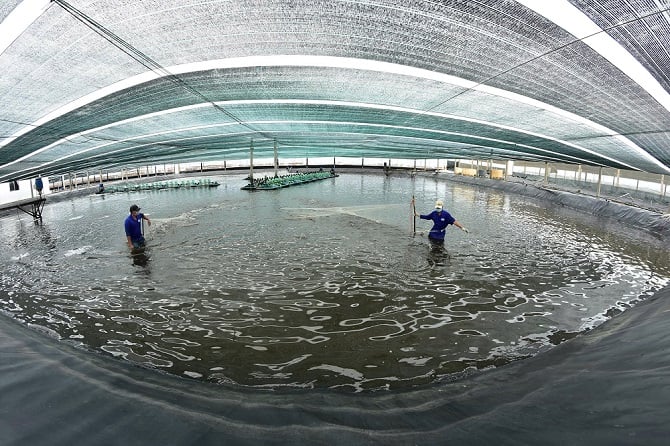
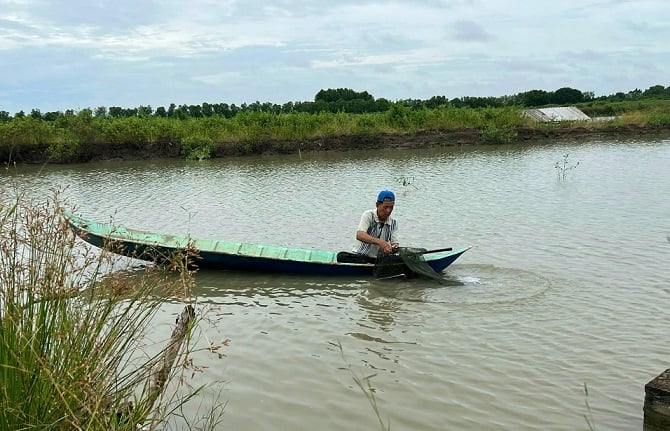

![[Photo] General Secretary To Lam visits Kieng Sang Kindergarten and the classroom named after Uncle Ho](https://vphoto.vietnam.vn/thumb/1200x675/vietnam/resource/IMAGE/2025/10/09/1760023999336_vna-potal-tong-bi-thu-to-lam-tham-truong-mau-giao-kieng-sang-va-lop-hoc-mang-ten-bac-ho-8328675-277-jpg.webp)
![[Photo] President Luong Cuong attends the 80th Anniversary of the Traditional Day of Vietnamese Lawyers](https://vphoto.vietnam.vn/thumb/1200x675/vietnam/resource/IMAGE/2025/10/09/1760026998213_ndo_br_1-jpg.webp)


![[Photo] Prime Minister Pham Minh Chinh chairs a meeting of the Government Standing Committee on overcoming the consequences of natural disasters after storm No. 11](https://vphoto.vietnam.vn/thumb/1200x675/vietnam/resource/IMAGE/2025/10/09/1759997894015_dsc-0591-jpg.webp)


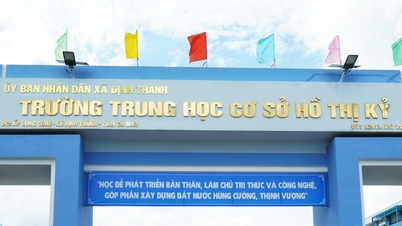

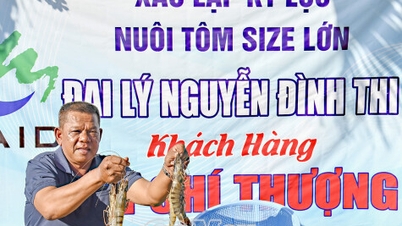

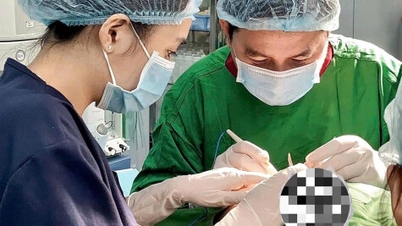
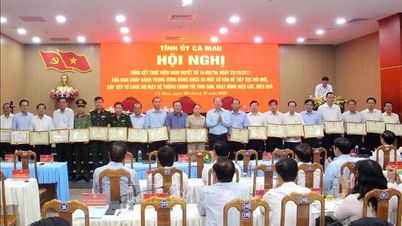



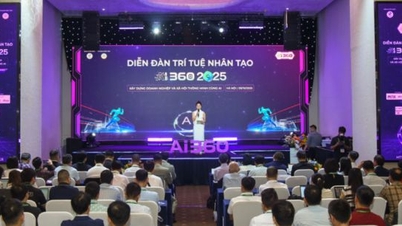






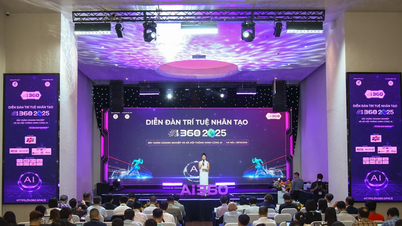








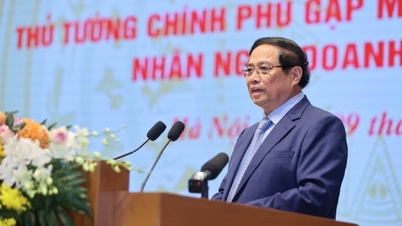



































































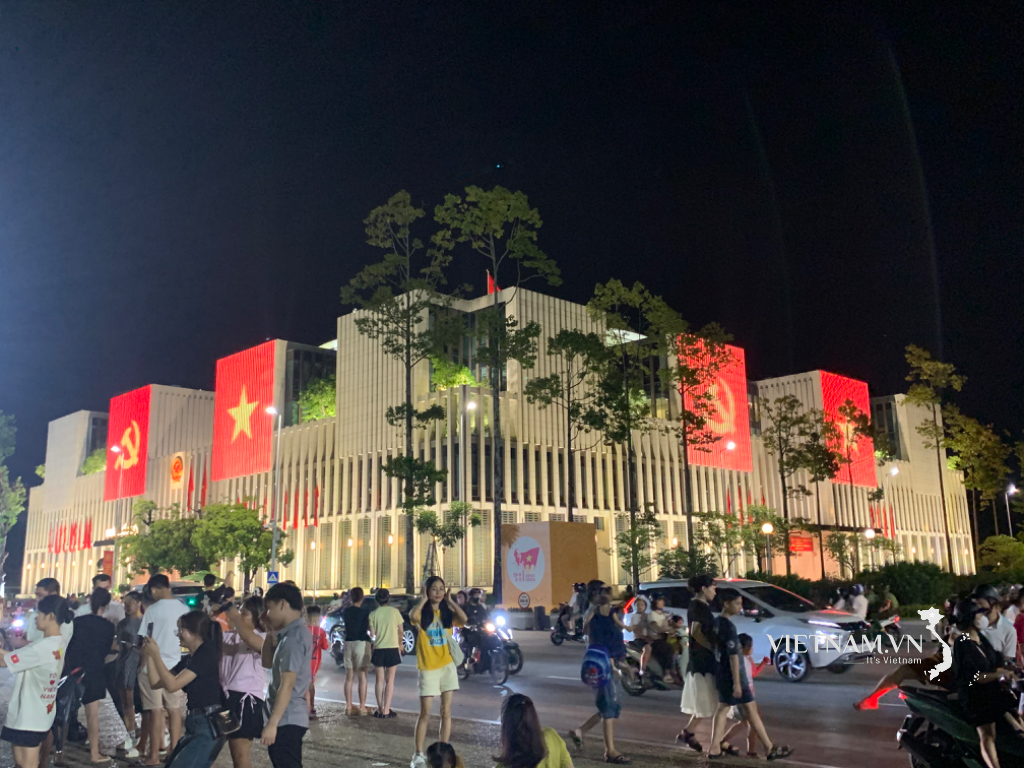
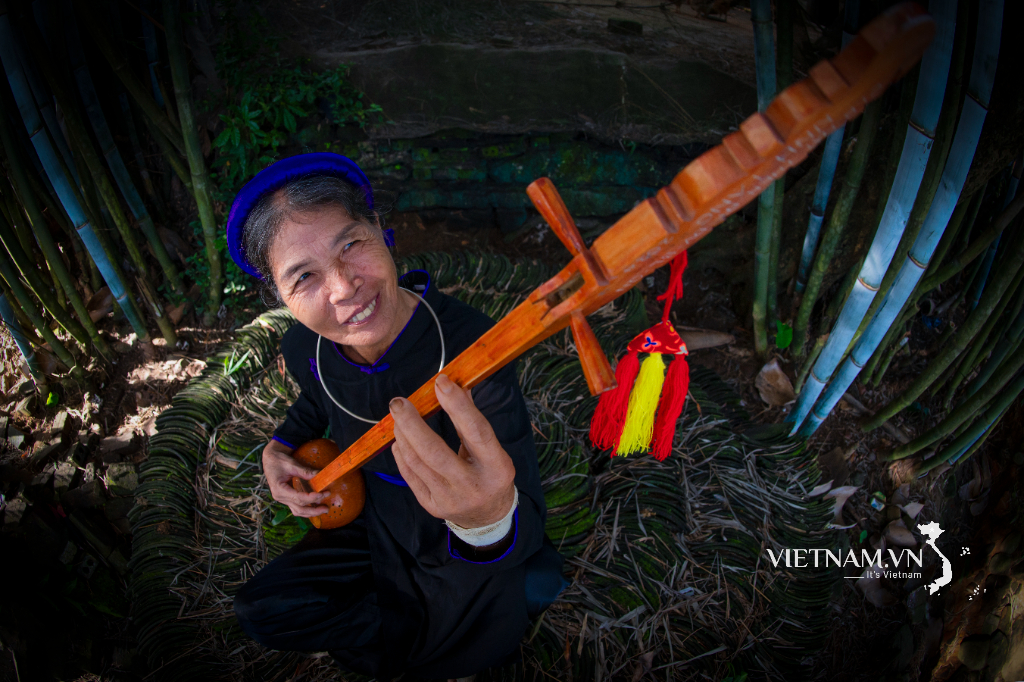
Comment (0)